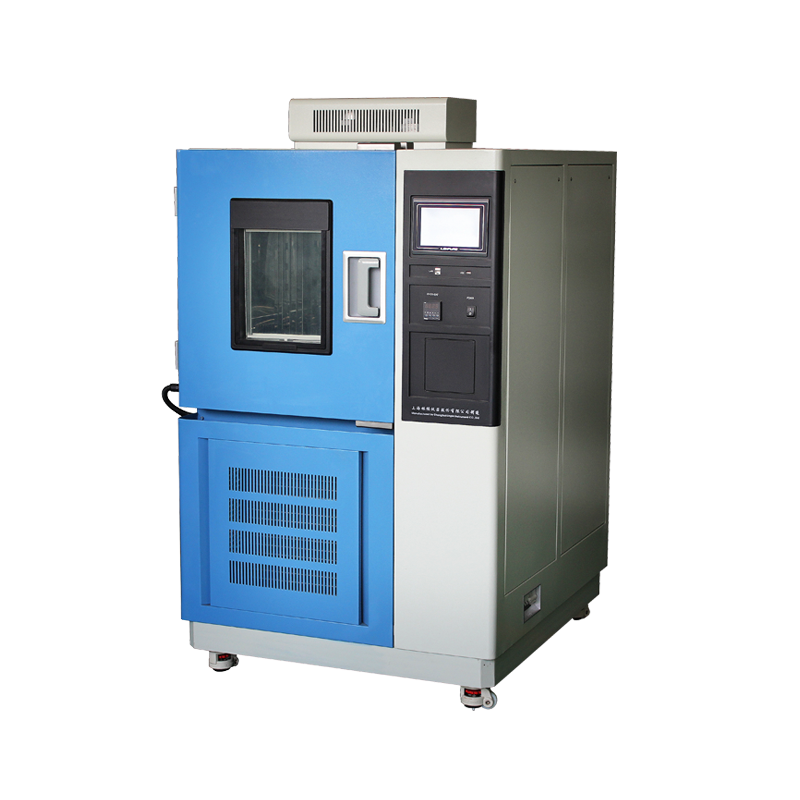

What exactly are the reasons for the alarms in a high-low temperature test chamber? Does it necessarily mean that there is a malfunction in the equipment? Today, the editor from Linpin Instrument will guide you through the following methods to troubleshoot the specific causes.

Alarms may occur in the centrifugal fan section of the high-low temperature test chamber, typically triggered by overtemperature or overcurrent conditions. If the temperature of the centrifugal fan’s magnetic coil rises excessively, the equipment will automatically shut down and send out an alarm. Similarly, when the current of the centrifugal fan exceeds the control set value, an alarm will be triggered, causing the equipment to shut down.
If alarms occur in the temperature system of the high-low temperature test chamber, it may be due to overtemperature protection of the test specimen or overheating alarms inside the chamber. When the temperature in the test specimen area exceeds the protection temperature set on the control panel, the equipment will shut down and send out an alarm. The overheating alarm inside the chamber is caused by the presence of overtemperature protectors in the test specimen area controller, the safety channel, and on the control panel. When the temperature in the test area exceeds the temperature set on the control panel, the equipment will shut down and send out an alarm.
Additionally, the refrigeration unit of the high-low temperature test chamber may also send out alarms. Once the temperature of the refrigeration compressor’s magnetic coil rises excessively or there is an abnormality in the power supply system, the equipment will shut down due to overtemperature and send out an alarm. If the refrigerant pressure of the refrigeration unit exceeds the preset value, an overpressure alarm will be triggered, causing the equipment to shut down. When there is insufficient cooling circulating water in the circulation system, the pressure of the circulating water system will drop, and the equipment will shut down and send out an alarm at this time. There are also alarms for phase loss and phase sequence issues: when there is a phase loss or a change in the phase sequence of the external power supply to the equipment, it will also shut down and send out an alarm.
All these situations may lead to alarms in the high-low temperature test chamber. After the equipment sends out an alarm, the cause should be promptly investigated and addressed before the equipment can be restarted. If the alarm persists after troubleshooting and handling, it is necessary to contact the manufacturer’s after-sales service personnel for further handling. As a manufacturer of test chambers, Linpin Instrument can provide technical support services for test chambers. Welcome to call 400-066-2888 for technical inquiries.